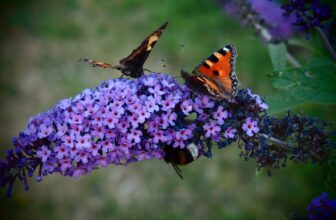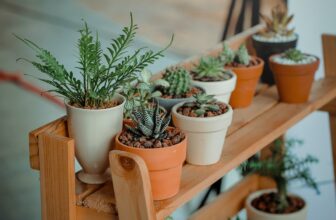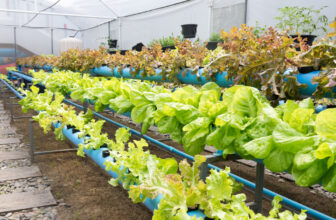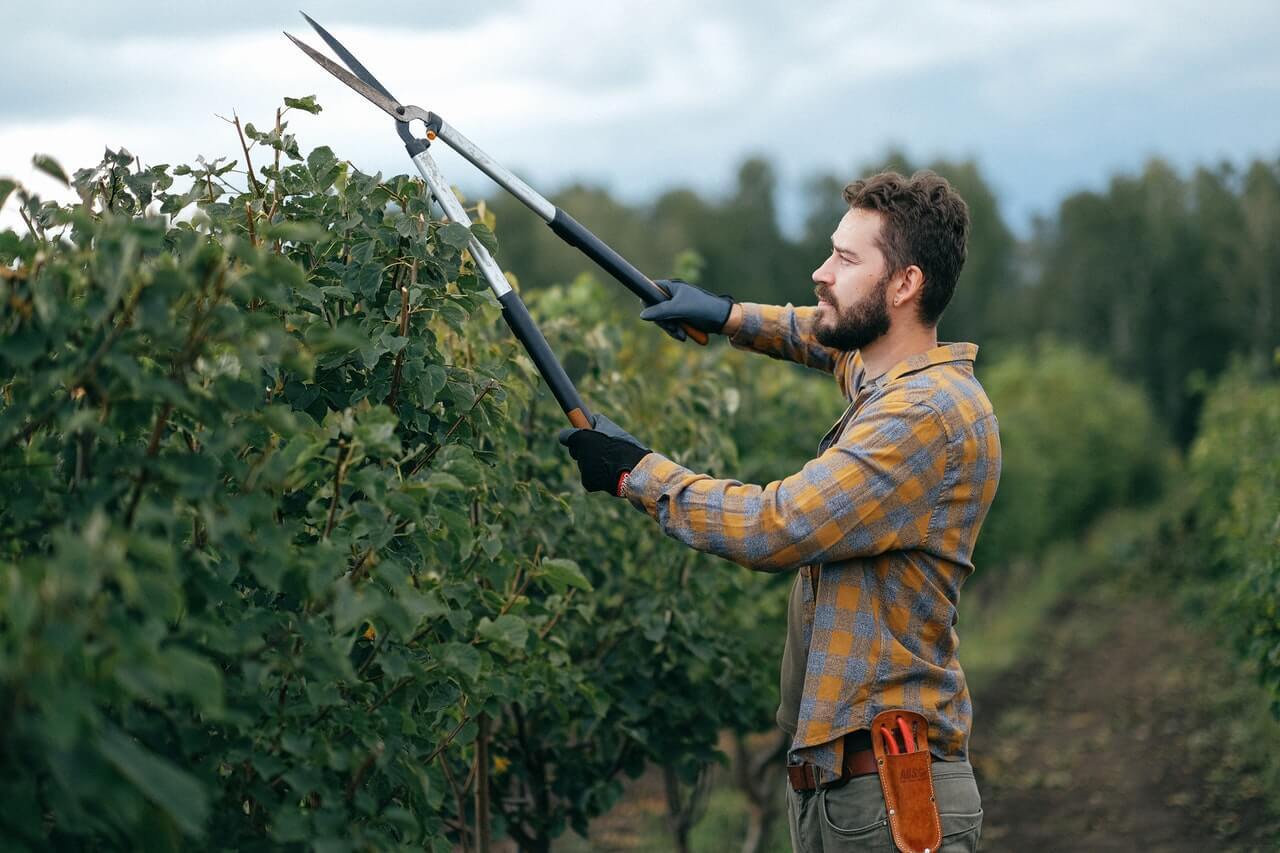
Table of Content
Pruning is a gardening technique which is highly beneficial for maintaining the health of the trees in your garden. It involves removing certain branches from the trees, in order to improve their structure and growth. Not only is pruning an investment in plant health, it also improves the overall appearance and safety of your garden.
In this article, we’ve got everything you need to know about pruning including what it is as well as why and how it’s done. Let’s take a look!
What is Pruning?
Pruning means selective cutting or trimming of the branches, buds, roots, or leaves of a plant, bush, vine, or a tree. It’s an essential part of gardening because it influences the way the plant grows.
Although most people think that pruning means trimming a few leaves or branches randomly, it’s actually a bit more complicated than that. Proper pruning takes quite a bit of work based on the type of plant that needs to be pruned.
Why Is Pruning Important?

Pruning is done for aesthetic, horticultural, or agricultural purposes. Here are some of the most important reasons for pruning:
1. Pruning increases the visual value of the landscape
This can be done by restoring or improving the shape and the structure of a bush, hedge or a tree. Veteran gardeners turn bushes and trees into various fanciful shapes such as animal, human figurines, and many other artistic designs through pruning. These are known as ‘topiaries’.
2. Stimulates or changes the direction of growth
Pruning can encourage new growth of branches and when done with the correct technique, they can be grown in the directions you prefer. This aspect of pruning can be very useful in landscaping.
3. It’s a way of clearing or making room for other plants
Sometimes, plants and trees tend to invade or compete with each other for sunlight, air and space. As a result, some of your plants could be undergrown and malnourished. With pruning, you can make sure your plants get equal sunlight and enough space to grow by clearing away the overgrown branches and leaves.
4. Managing the health of your plants
Often, the plant portions such as broken stems and roots tend rot over time. Many plants and trees can also get infected with various fungal diseases and pests. These infected and rotten parts can be removed by pruning which will boost the health of your plants.
5. Pruning encourages blooming and fruiting
Some plants spend excessive energy on growing leaves and stems which can result in a lack of blooming or a weak yield. Pruning helps in saving the extra energy that’s spent by plants on these excessive green tissues and making them eventually provide bigger and better yields.
6. Reducing the safety risks
At times, the large trees in your garden can pose various safety threats to you, your neighbors, and the surroundings. While dead and dry branches can collapse causing bodily harms and property destructions, overgrown trees and vines can damage the exteriors of the property by rubbing or latching onto them. Pruning can solve these problems effectively.
Trees that are close to the power and telephone lines should be frequently pruned for safety and maintenance. Doing this in time will minimize the risk of hazards.
What to Consider
Before you start pruning, there are several important factors to take into consideration. These include the right time, the tools used, the technique, and even the size of the cuttings to be discarded.
Here’s a look at some important things you need to know to prune your plants the right way:
The Growth Patterns of Your Plants
Different plants have different growth rates and patterns. Before pruning, it’s important to know the specific growth rate and pattern of each plant in order to achieve the best outcome.
For example, gardenias and peonies have a slow growth rate and they usually bloom in late spring to early summer. While they don’t require frequent pruning, it’s a good idea to do so as soon as the flowering season ends, as this will help you to get them ready for the next season.
On the other hand, fast-growing and non-flowering shrubs, like North privet, have a rapid growth rate of about 3 ft per year. They should be pruned frequently from early growing stages to keep them thriving.
The Right Time for Pruning
The right time to prune your plants can depend on type of plant and the reason why you need to prune it. For instance, most deciduous trees and shrubs, should not be pruned in the late summer, as it can be a reason to delay and slow down the new growth process. Winter or early spring is considered as the best time to prune plants like these.
However, the right time for pruning most crops and flowering plants depends on the time of the year they produce their yield. Pruning should be done right after the harvesting and should be completed before the new leaves start coming out.
The Right Tools
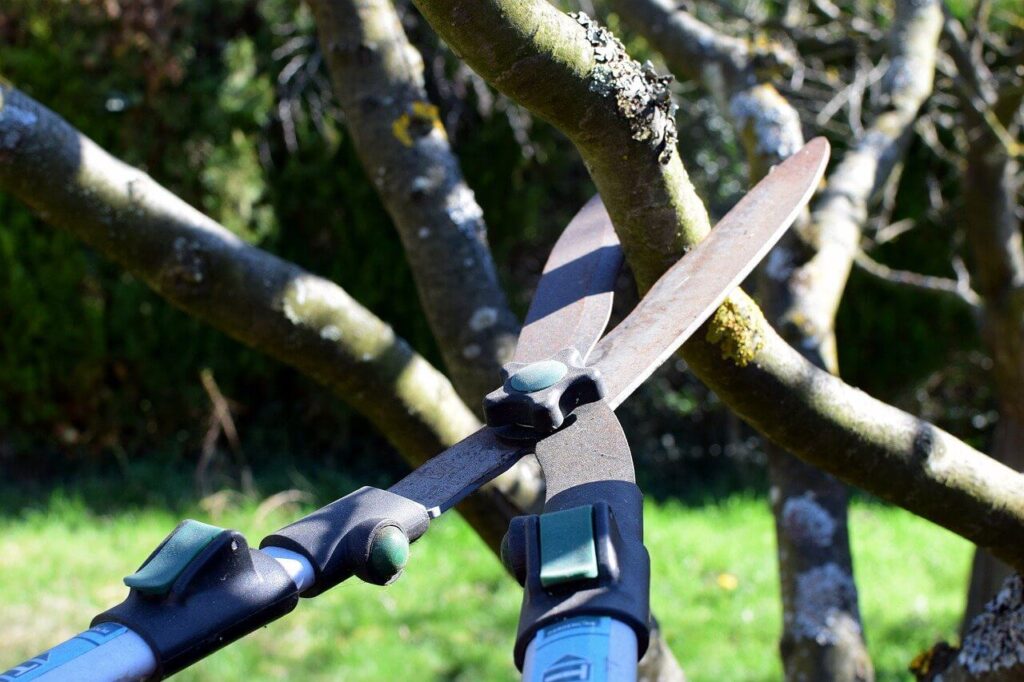
This is one of the most important things to pay attention to when you’re going to start pruning. Using the wrong tools for pruning can cause damage to your plants and even killing them, so always make sure you have the right tools before you start.
The type of the tool you use depends on several factors such as what part of the plant you’re planning to cut, its size, and how the cut should be done. The list below includes some of the pruning tools you can use in various ways:
- Hand shears – Perfect for hedge and topiary clippings
- Pruning saw – Comes in various sizes for cutting branches up to 5 cm thick
- Secateurs – Ideal for soft stem cuttings
- Loppers – A fitting tool or heavy-duty pruning such as thick woody stems
- Long-reach pruner – An all-rounder for cutting thick branches of tall trees and big shrubs
The Size and Place of Cuttings
Most house plants and trees can be pruned from the top easily and you don’t need to know where or how much to cut. However, there are some certain plants that can’t be pruned this way.
Palm trees and ferns are examples of such plants. These don’t belong to the category of plants that can be propagated with branches. The growth area always protrudes from the top of the plant, so pruning them from the top could kill them. In this case, just removing the dead shoots and leaves is enough pruning.
When pruning tree branches you should always be careful not to harm the branch collars, the ‘shoulder’ between the trunk and the branch. Any cut you make should be outside the collars.
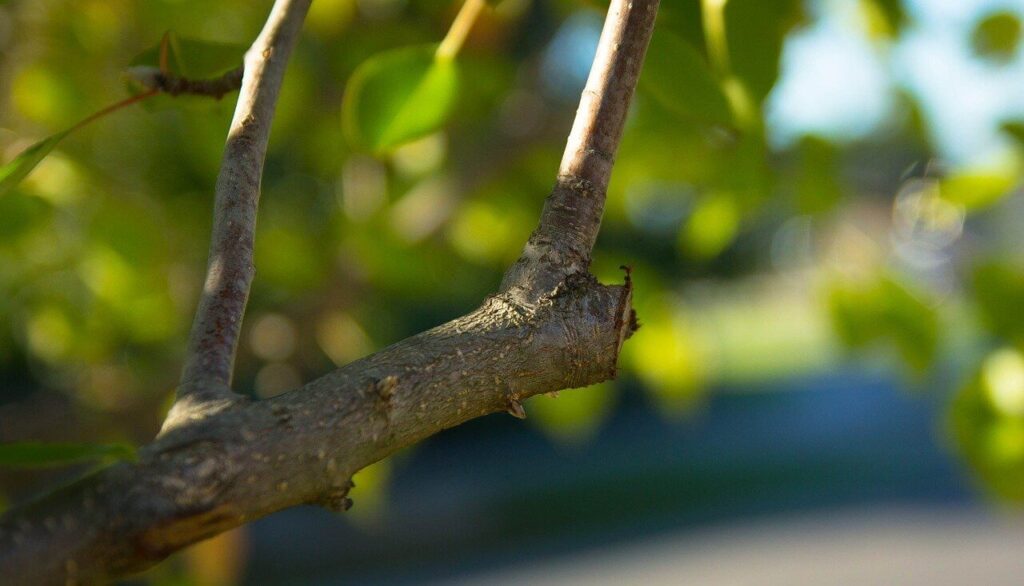
Deciding how much to cut is equally crucial for proper pruning. For instance, if the tree is a young one, more than 1/3 of the whole shouldn’t be removed. However, if it’s a mature tree, you may prune up to 10% of it.
When pruning, always remember to cut off the diseased plant tissue first and then move on to the healthy tissue. It’s also important to remember to sanitize the cutting tool properly before you move on to the healthy tissue. This will prevent carrying the microorganisms in the diseased area to the healthy area.
Various Pruning Methods
There are numerous techniques of pruning, all of which can be categorized into four basic methods. Let’s take a look at them:
1. Reducing
This literally means the reduction of a plant by selective cutting and trimming of the branches, leaves, and stems. This is often done to make the plants look more attractive for aesthetic purposes or to clear away the overgrown parts for safety. Reducing requires a bit of skill and experience, so if you’re a novice gardener, you might need some practice before you try it out.
2. Thinning
Thinning is done by lessening the outline of the plant crown. This technique helps the plants to get better exposure to necessary growing conditions such as sunlight and air infiltration.
Thinning is a useful method when pruning shrubs and trees with dense, luscious leaves, branches. When thinning, cut only the branches which are up to about 2 inches thick and about 15-20 % of the foliage.
3. Raising
Unlike thinning, this method raises the plant crown by removing the lower branches. This type of pruning is frequently done to clear away the tree branches that are grown into buildings and roads, providing room for pedestrians and vehicles. It’s a pruning technique that’s used for various maintenance purposes.
4. Cleaning
This pruning method is especially important in keeping the old and matured plants healthy and thriving. It removes selected plant portions which are dead, damaged or infected. These portions can be either leaves, branches, stems or even the roots sometimes.
Benefits of Pruning
You may not realize it, but pruning has many benefits. Here’s a quick recap:
- It creates attractive gardens with beautiful hedges and topiaries.
- Protects your family and the neighbors from injuries that could occur due to collapsing of dead tree branches.
- It prevents property damage that could be caused by large trees and vines.
- Keeps your greeneries healthy by making it easy to control pests and plant diseases.
- Encourages healthy growth and provides bigger yields.
- Useful for maintenance and clearance of the surrounding of power cables and roads as well as various other utilities.
- Gives your plants enough space to get absorb air and sunlight.
- Helps with customizing and the controlling the plant growth according to your preferences.
The Take Away
Pruning is a crucial step in the long-term strategy of caring for your plants. Not only will it help your plants grow strong, it will also help you keep your surrounding safe and risk-free. Most expert gardeners consider pruning to be a valuable investment in the long run. Now that you know everything there is to know about it, it’s time to go ahead and start pruning your garden.



